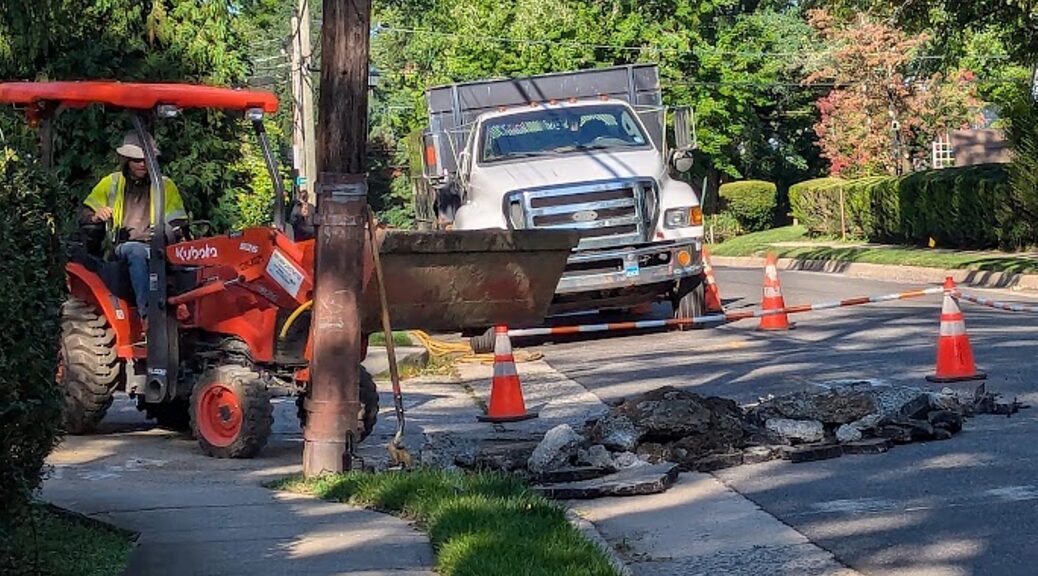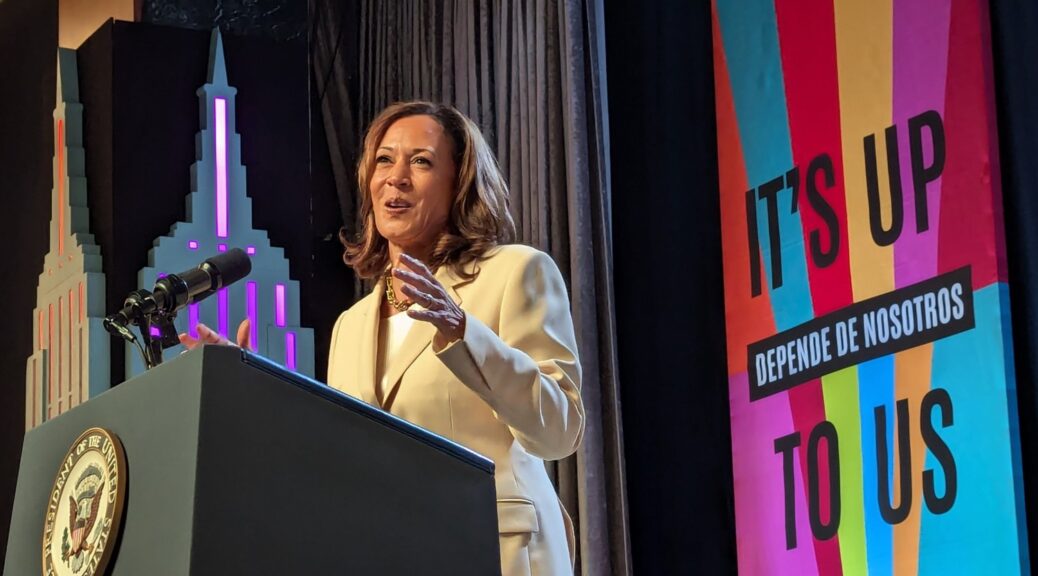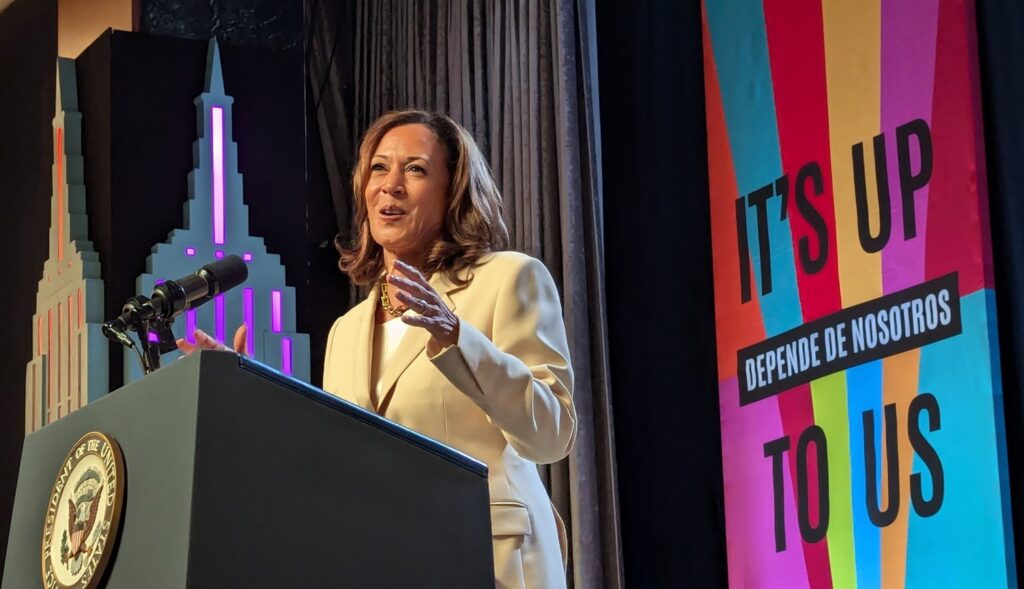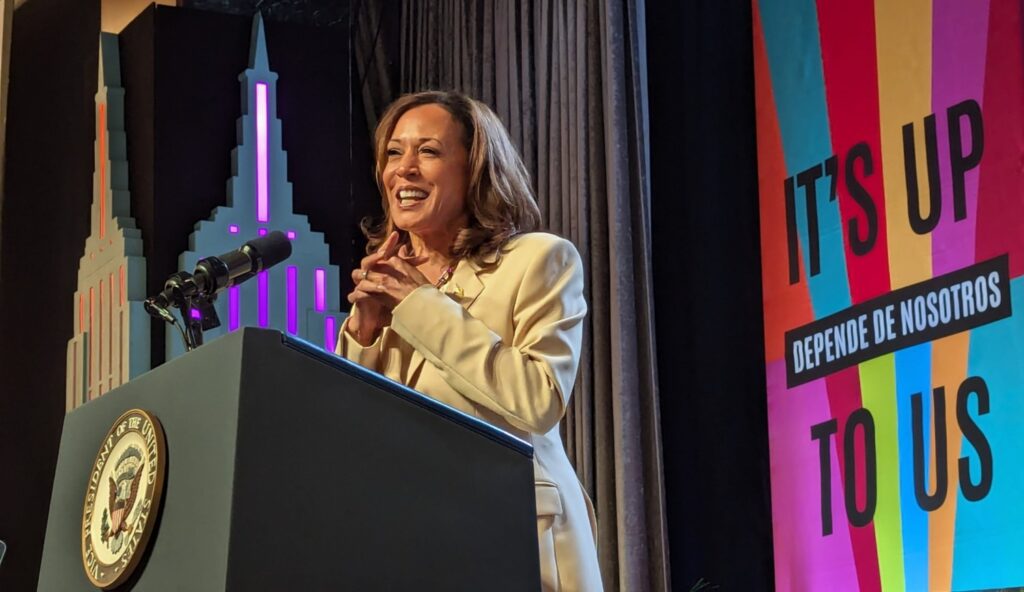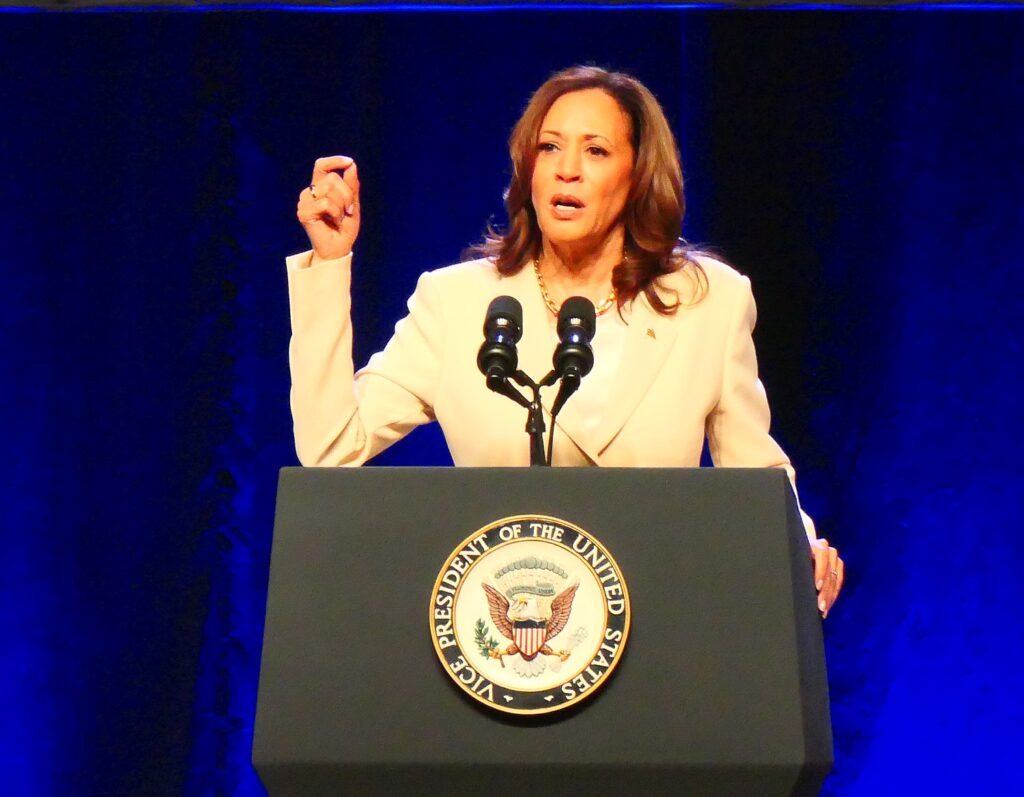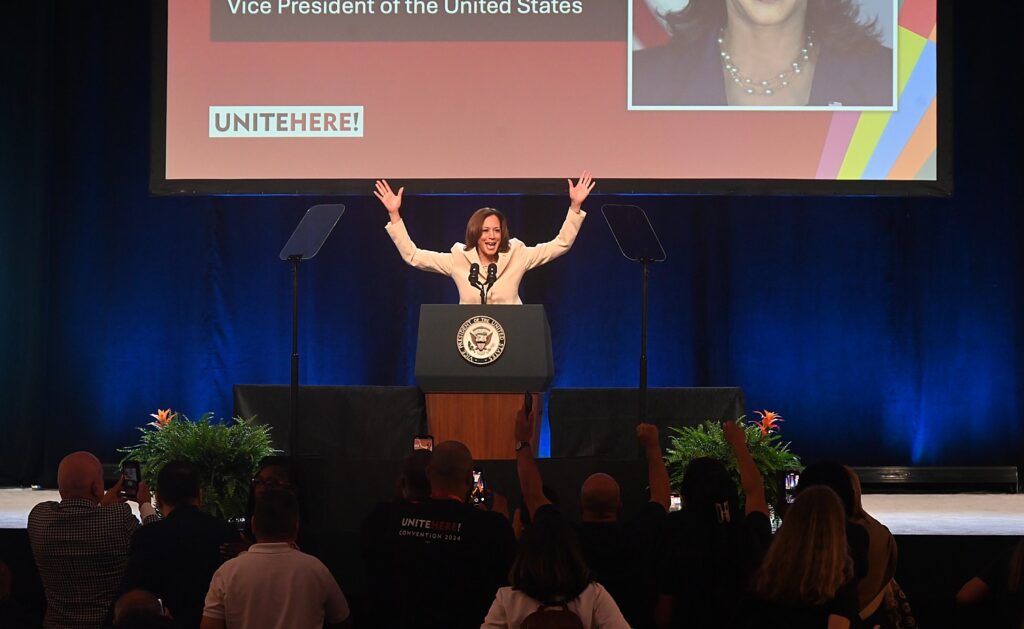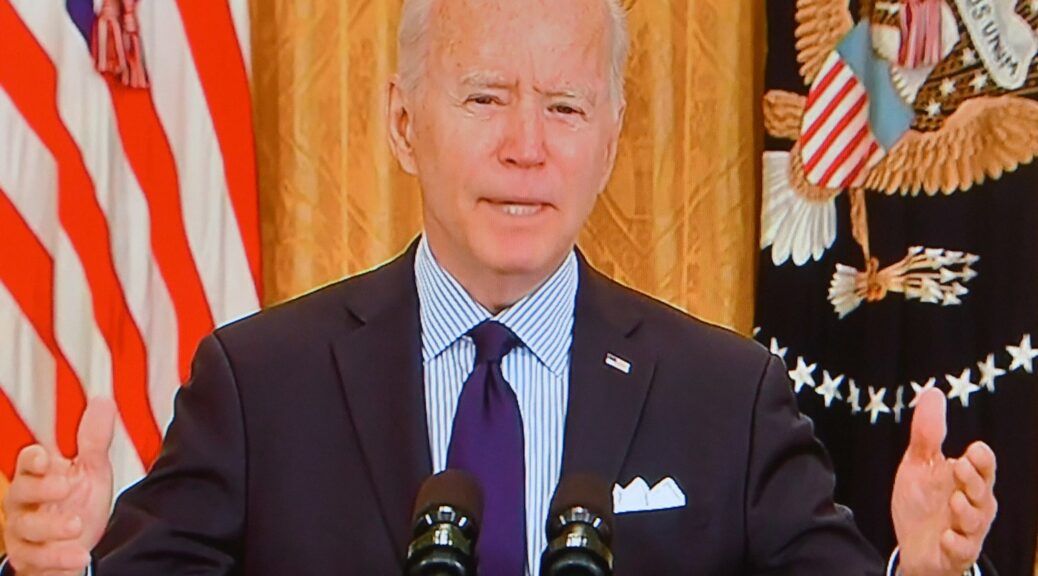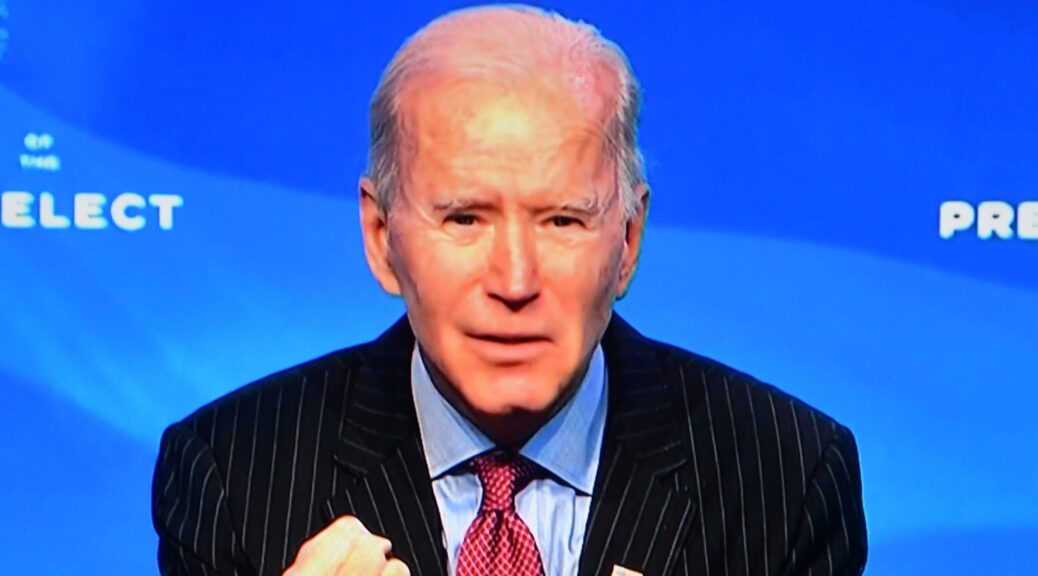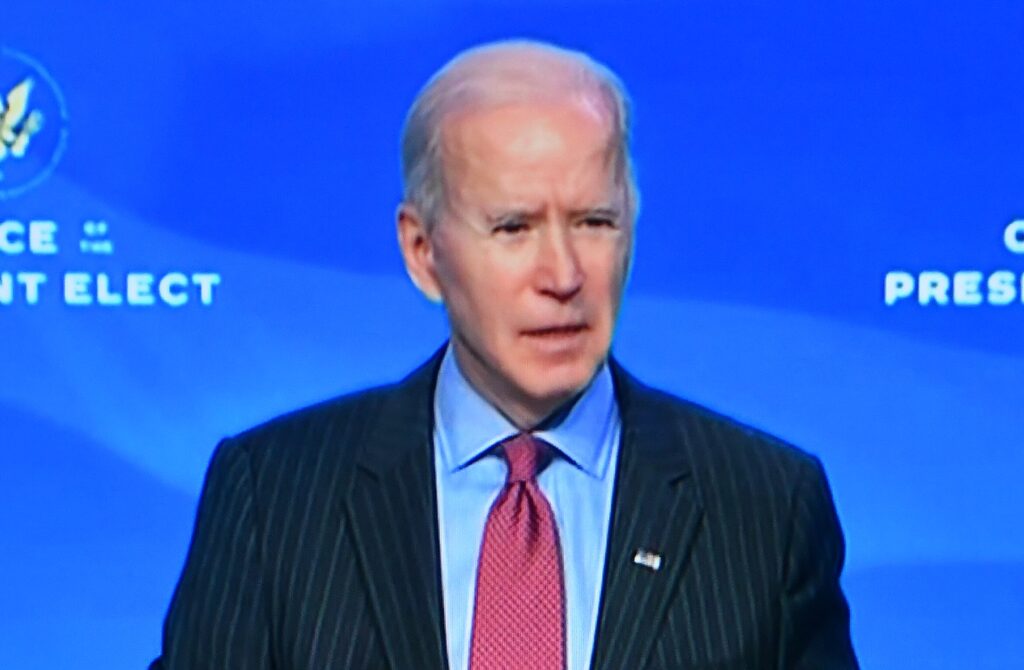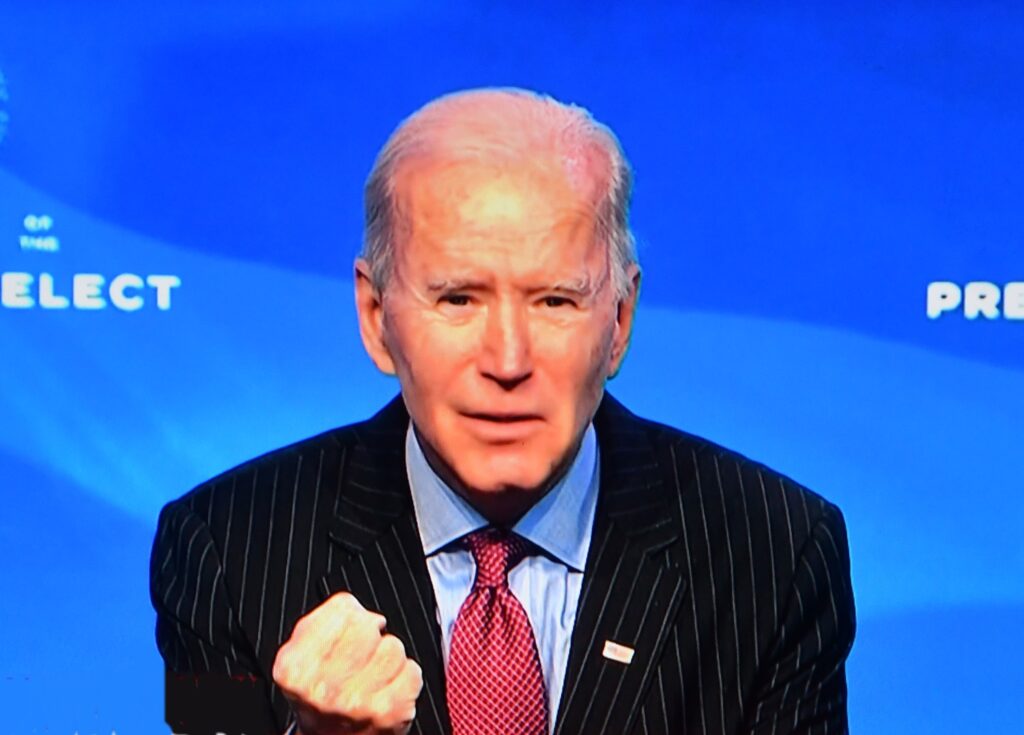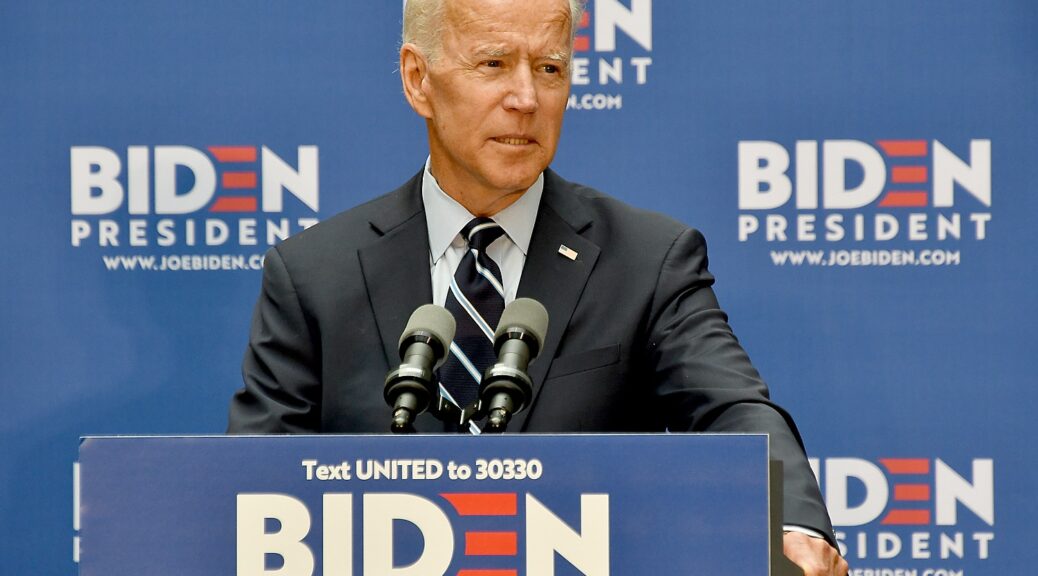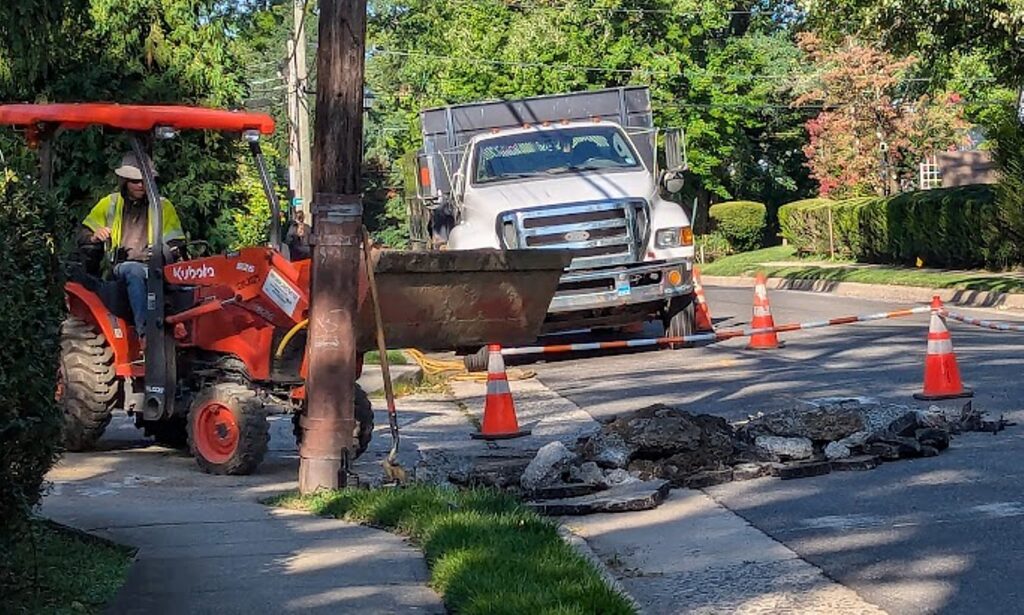
By Karen Rubin, News-Photos-Features.com, [email protected]
This Labor Day, as President Biden and Vice President Harris visit Pittsburgh, it is important to be reminded of just some actions the most pro-worker and pro-union administration in history has taken to support good jobs and improve worker conditions because it seems the so called “working class” have no clue, and take for granted the gains made – with great effort – by the Biden-Harris without considering how fortunes would reverse under anti-worker Trump, if he retakes the White House. Too many take for granted protections for workers implemented by Biden-Harris administration who are forced to work under extreme heat conditions, and rights for pregnant women to have their work load and schedules adjusted to accommodate, and standing up for the rights of workers to organize. They forget how workers were forced by the Trump administration to go back to work during COVID without any safety precautions, or face losing unemployment or disability benefits.
- Launched the first ever White House Task Force on Worker Organizing and Empowerment, chaired by Vice President Harris, which resulted in over 70 actions to promote worker organizing and collective bargaining for federal employees and worker employed by public and private-sector employees.
- Signed the Butch Lewis Act as part of the American Rescue Plan to save the pensions of millions of hard-working union workers.
- Implemented a new rule to require Project Labor Agreements on nearly all major federal construction projects of over $35 million, so federal construction projects will be delivered on time and on budget with good wages and well-trained workers.
- Published a final rule from the Department of Treasury implementing prevailing wage and apprenticeship bonus credits for clean energy projects funded by the President’s Inflation Reduction Act to ensure workers are paid good wages and that these projects create equitable pipelines to these good jobs.
- Published a new rule restoring and extending overtime pay protections to millions of workers.
- Published the first update to Davis Bacon prevailing wages in nearly 40 years, which will increase pay for one million construction workers over time.
- Proposed a new rulemaking from the Department of Labor that would protect 36 million indoor and outdoor workers from extreme heat on the job.
- Signed a Registered Apprenticeship Executive Order to bolster apprenticeships in the federal workforce. Since then, federal agencies including the Departments Agriculture, Defense, Education Health and Human Services, Housing and Urban Development, Interior, Labor, Transportation, and Treasury, and the Architect of the Capitol and U.S. Agency for Global Media have identified potential opportunities for developing new and scaling existing registered apprenticeships to create pathways to good jobs including in mission critical occupations.
- Through the CHIPS Act, provided $200 million in dedicated CHIPS funding for training and workforce development to ensure local communities have access to the jobs of the future in upcoming projects and introduced a requirement that companies receiving grants under the CHIPS Act over $150 million create a child care plan to ensure access for their employees.
- Invested nearly $730 million in Registered Apprenticeships, leading to more than 1 million registered apprentices receiving earn as you learn training for in-demand jobs.
- Designated nine Workforce Hubs across the country to ensure we have the workforce we need for this Administration’s historic investments.
- Vocally supported unions, including becoming the first sitting President to walk a picket line.
- The NLRB expanded remedies available to workers when their employers engage in union-busting, to now include all direct and foreseeable pecuniary harm, such as financial loss from credit card debt, medical bills, or missed rent payments.
- The NLRB overhauled the process for union representation elections by requiring an employer to bargain if it commits an unfair labor practice during the election process, and by reducing unnecessary delays before workers can vote.
In his Proclamation for Labor Day, President Biden declared:
“Every year on Labor Day, we celebrate the dignity of America’s workers and the labor unions they have built. I often say that Wall Street did not build America — the middle class built America, and unions built the middle class. Labor unions have done so much for our Nation — giving workers a voice at the workplace, raising standards on the job, and fighting for better benefits and wages for us all. Today, we honor the pioneers who fought for the rights of working people, pay tribute to the dedication of our American workforce, and honor the enduring movement that powers our economy and strengthens our Nation.
“My father taught me from a young age that a job is about far more than just a paycheck — it is about your dignity. When I came into office, too many people had lost both their paychecks and their sense of dignity. Our economy was failing working-class and union families. Decades of trickle-down economics sent jobs overseas, shut down factories, and hollowed out our communities. People had lost their sense of pride, their security, and their pathway to the middle class.
“That is why I promised to be the most pro-labor, pro-union President in history and ensure unions have the support they need to fight for our workers. Last year, the Department of the Treasury released a comprehensive report detailing how unions are not just good for union workers but non-union workers as well, showing that union growth helps to build a strong middle class in America. I am proud to be the first sitting President to walk the picket line to support workers who were striking for better conditions. I am also proud that, to date, we have created nearly 16 million new jobs, including almost 800,000 manufacturing jobs and nearly 900,000 construction jobs. In fact, investment in construction of new factories has nearly tripled since I took office. My Administration announced more than 60,000 projects to rebuild America’s roads, bridges, airports, ports, and more through our Bipartisan Infrastructure Law. Wages are up, inflation is down, and we have had the fastest recovery of any advanced economy in the world since the pandemic started.
“Furthermore, we are positioning American workers to lead the world in innovation. I signed the Inflation Reduction Act, the largest investment in clean energy and climate action in history, creating nearly 335,000 clean energy jobs according to outside estimates. I also signed the CHIPS and Science Act to bring semiconductor manufacturing back home and ensure that America’s clean energy jobs go to American workers. To date, we have attracted nearly $900 billion in private-sector commitments to invest in manufacturing and clean energy. I am proud that this manufacturing boom we ignited is being done with American products and led by American workers — the most highly skilled workers in the world — because of “Made in America” provisions that I championed and my Administration enforced.
“Today, more Americans are joining the workforce, and we have the highest share of working-age Americans in the workforce in over 20 years. And over the past 2 years, more workers have been petitioning for union representation. To ensure those workers have a voice on the job, I have required the use of project labor agreements for nearly all large-scale Federal construction projects. I have also strengthened Davis-Bacon requirements to guarantee that prevailing wages pay workers what they deserve and enacted the Butch Lewis Act — the most significant law for union retirement security in 50 years — that has protected the pensions of 1 million union workers. We issued a rule that expands overtime protections to millions of workers, and my Administration is working to crack down on noncompete agreements, which prevent 30 million Americans from taking new, higher-paying jobs.
“My Administration is also making sure that workers feel safe and secure on the job. That is why the Department of Labor is proposing a new rule that will establish the Nation’s first-ever Federal safety standard for excessive heat in the workplace. That rule includes developing a response to heat illness, training employees and supervisors, implementing rest breaks, and ensuring access to shade and water. And we are limiting workers’ exposure to toxic materials like silica dust to prevent them from developing preventable and irreversible illnesses. My Administration also issued a rule to ensure that workers are empowered to have a representative accompany an Occupational Safety and Health Administration official during workplace inspections.
“I have long believed that workers deserve a seat at the table and an opportunity to join a union, organize, and bargain collectively with their employer without coercion or intimidation. That is why I appointed people who actually care about American workers to the National Labor Relations Board. And I established the White House Task Force on Worker Organizing and Empowerment, led by Vice President Harris, which resulted in over 70 actions to promote worker organizing and collective bargaining.
“As we look to the future, my Administration is creating long-term pathways to help people secure good-paying jobs, including union jobs. We invested nearly $730 million to expand Registered Apprenticeships, which support the education and training needs of apprentices across the country. And I signed an Executive Order that expands Registered Apprenticeship programs in the Federal workforce, encourages Federal agencies to hire people who have participated in these programs, and increases workers’ voices in Federal programs and contracts.
“This Labor Day, let us stand in solidarity with America’s workers, who are the engines behind our Nation’s prosperity. Let us celebrate labor unions, who give voice to our workers and ensure they are given the dignity, respect, and protections in the workplace that they deserve. And let us recommit to ensuring that every hardworking American has a fair shot at achieving the promise of the American Dream for generations to come.”
As part of the most pro-union administration in history, Vice President Harris has created millions of good-paying jobs. She is a strong supporter of the PRO Act, cast the deciding vote on legislation that is saving hundreds of thousands of union workers’ pensions, and previously has joined union members on the picket line. She will continue supporting workers and working and middle-class families as president, together with her nominee for Vice President, Time Walzm a former union member himself.
Governor Walz, , who is delivering remarks at the Milwaukee Area Labor Council’s laborfest 2024 in Milwaukee Wisconsin on Sept 2, passed the most pro-worker package of laws in Minnesota’s history — making it easier to form unions, strengthening worker protections, cracking down on union-busting, and giving workers paid leave.
Meanwhile, Biden just signed an order increasing base pay for federal workers by an average of 2%, stating, “We must attract, recruit, and retain a skilled workforce with fair compensation in order to keep our Government running, deliver services, and meet our Nation’s challenges today and tomorrow. This alternative pay plan decision will continue to allow the Federal Government to employ a well‑qualified Federal workforce on behalf of the American people, acknowledging wage growth in the labor market and fiscal constraints.”
Donald Trump was one of the most anti-worker and anti-union presidents in history. He hurt autoworkers, shipped jobs overseas, and lined the pockets of the super wealthy and big corporations at the expense of the middle class. A second Trump presidency would be even worse – his Project 2025 agenda will raise taxes on typical working families by nearly $4,000 a year, allow employers to stop paying many workers overtime, and roll back labor and workplace protections. Trump ignored the National Labor Relations Board and the Occupational Safety & Health Administration, he would eliminate these agencies in a second term. He gloated and giggled with Elon Musk as the greatest “cutter” – firing striking workers, which prompted the UAW to file lawsuit.
One side appreciates what federal workers do, in the name of public service, to improve the lives of all of us, while Trump is vowing to fire tens of thousands of career professionals, experts, and staff on Day 1 who do not declare their loyalty to him, rather than the nation or Constitution. The Trump campaign aide who shoved the federal worker at Arlington National Cemetery doing her job of preserving the sanctity of that hallowed place, demonstrates the contempt Trump has for those he demeans as “bureaucrats” and “Deep State.”
__________________________
© 2024 News & Photo Features Syndicate, a division of Workstyles, Inc. All rights reserved. For editorial feature and photo information, go to www.news-photos-features.com, email [email protected]. Blogging at www.dailykos.com/blogs/NewsPhotosFeatures. ‘Like’ us at facebook.com/NewsPhotoFeatures, Tweet @KarenBRubin Threads:@news_and_photo_features

